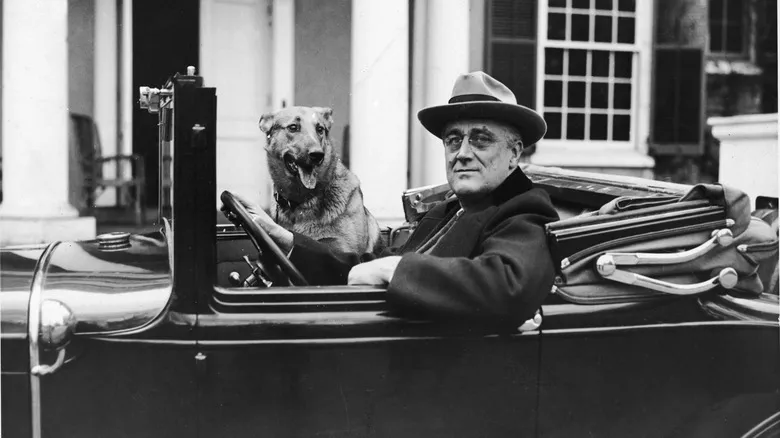FDR, Stalin, and a martini toast
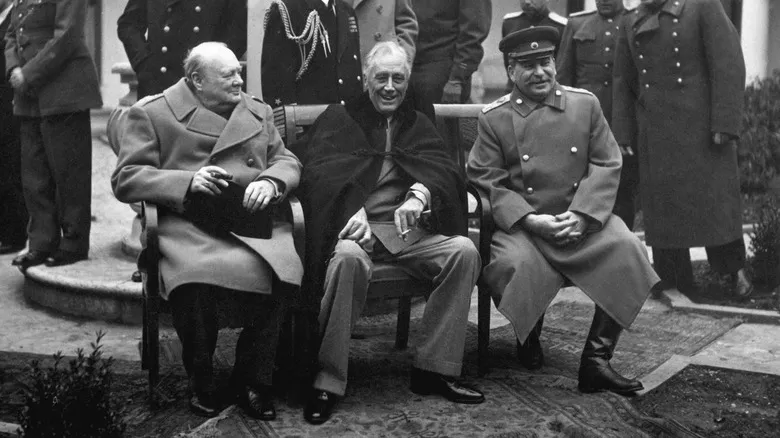
Although the dirty martini didn't literally secure victory for the Allies in World War II, Franklin Delano Roosevelt effectively turned it into a subtle form of diplomacy. He served the cocktail at meetings with world leaders, including one with Joseph Stalin. In late fall of 1943, the Allied leaders convened in Tehran, Iran, to discuss strategies for defeating the Axis powers, accompanied by a martini toast that included a splash of olive brine. According to the Franklin D. Roosevelt Library and Museum, Stalin wasn't particularly fond of the drink, describing it as "cold on the stomach," yet he still participated in the toast.
Winston Churchill was also present in Tehran, and like Stalin, he had no affection for dirty martinis—or any martinis, for that matter. Churchill believed the drink was better suited for a flowerpot than for consumption. In fact, he was once seen pouring a martini into a flowerpot, although this incident occurred during his interactions with the American President rather than in Tehran (via Bevvy). Despite the lack of enthusiasm from FDR's Allied counterparts, dirty martinis became emblematic of the diplomatic relations between the United States and the Soviet Union, with one official referring to it as the "four martinis and let's have an agreement" era, as noted by American Heritage.
FDR ignored Prohibition

Franklin Delano Roosevelt had such a fondness for dirty martinis that he often strolled around the golf course with one in hand, completely disregarding the ongoing Prohibition. He approached the law with the same carefree attitude as the flappers frequenting speakeasies. However, his boldness was somewhat atypical for the time; most people preferred to drink at home, where they could savor their bootlegged gin in relative privacy. While much of the alcohol from that period was of poor quality, bootlegged gin was a notable exception, which certainly helped the martini maintain its popularity. It’s no surprise that these home drinking sessions laid the groundwork for a new social event: the cocktail party.
When Prohibition was lifted in 1933, FDR, who had been elected the previous year, became the first President to legally serve alcohol in the White House during this new chapter. The drink gained popularity at informal gatherings he dubbed "the Children's Hour," where absinthe, olives, and fruit juice were all on the table. According to his grandson Curtis Roosevelt, some of his creations were "truly awful," but with the myriad of martini variations found in modern bar guides, it’s clear why the drink became a staple. Nevertheless, the quality of the beverages was secondary; despite the impressive guest list, the primary aim of these spirited gatherings was to provide FDR with a respite from his often overwhelming presidential responsibilities.
Recommended

The Ingredients To Look For In A Great Canned Cocktail According To An Expert
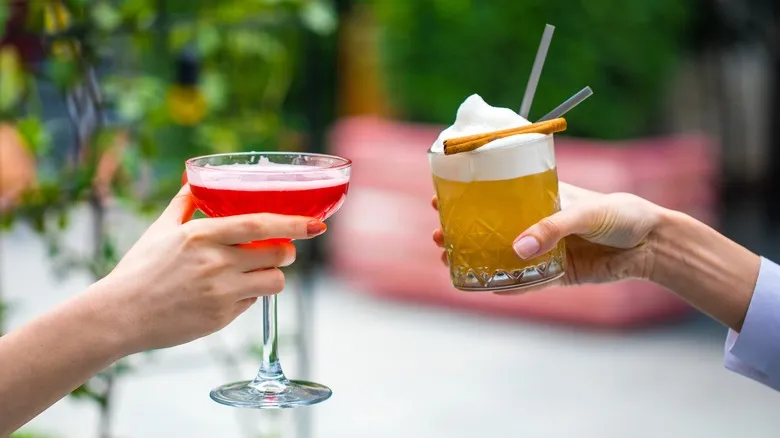
The First Ever Cocktail Used An Unexpected Mixer
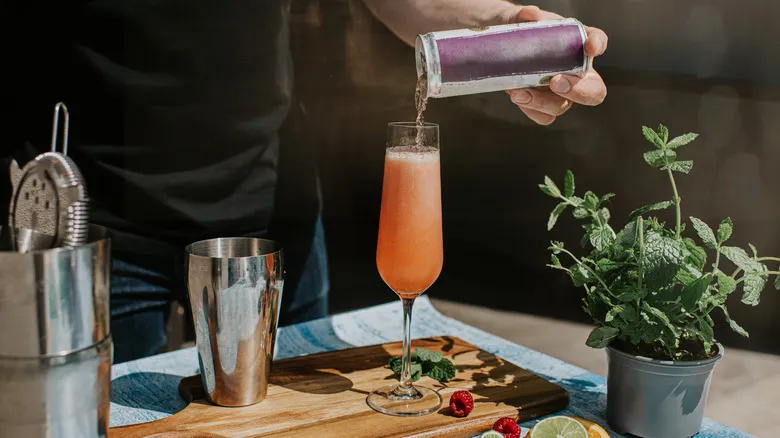
Don't Dismiss Canned Cocktails Over One Bad Experience
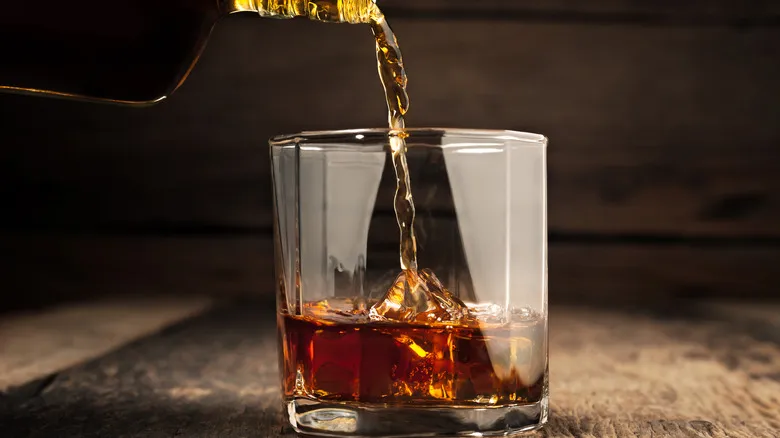
What Rotgut Means For Whiskey And Why It Should Send You Running
Next up

